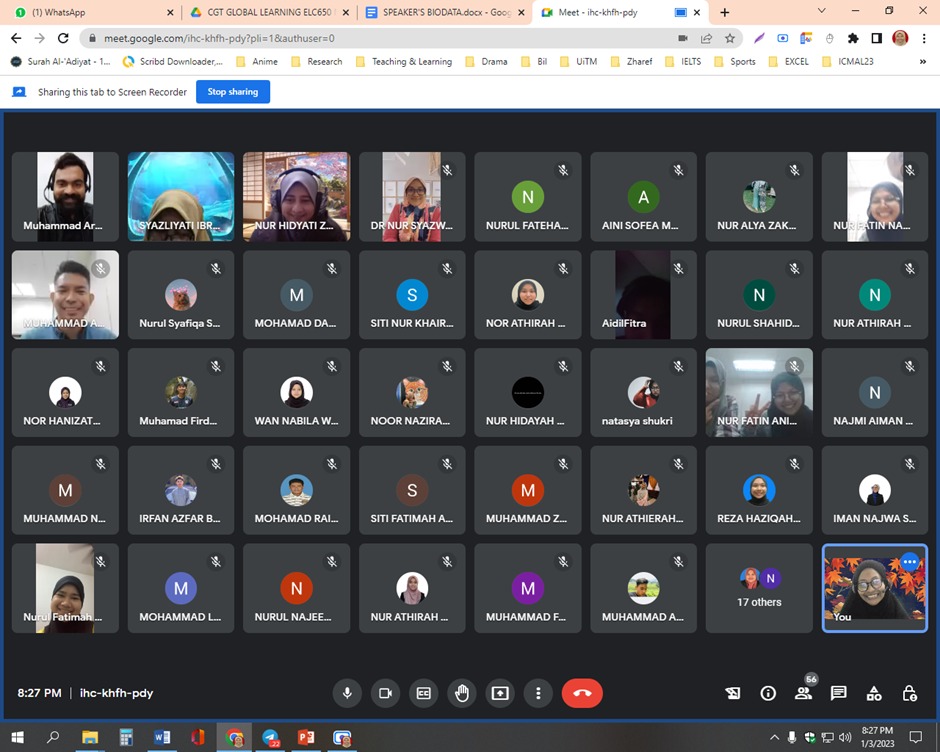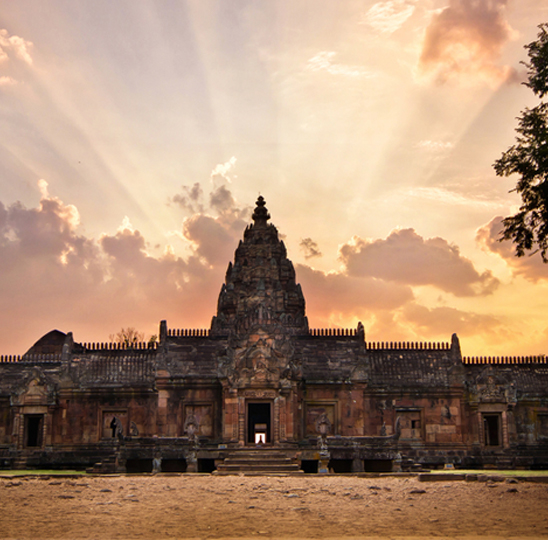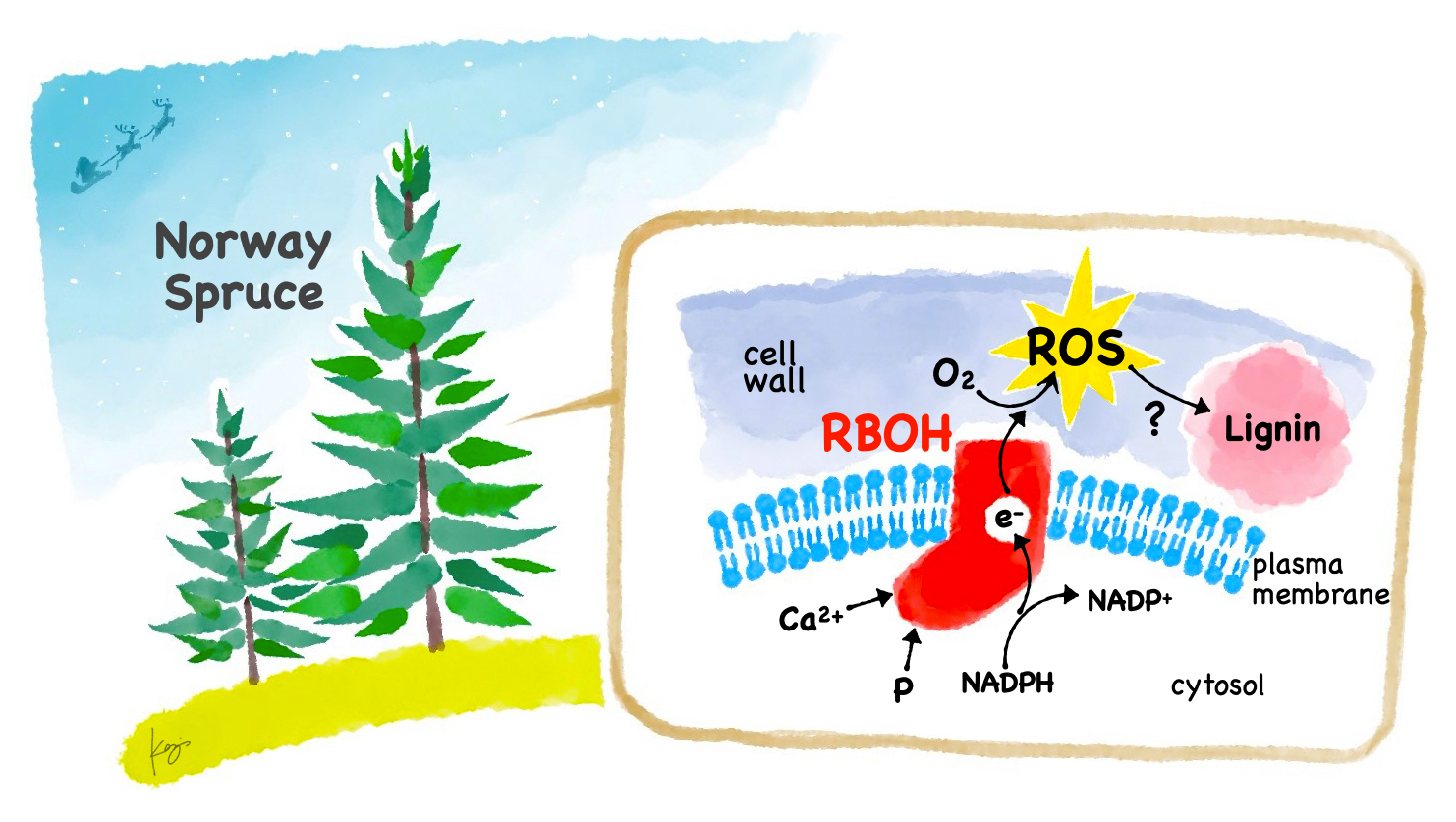Chula has launched the “CUDSON” web application to help students discover and develop life skills, select activities and subjects that are suitable for their needs, develop themselves properly, learn what they like, and prepare for a world of creative and happy work.
“Who am I? What am I good at? What skills do I have? What should I study? What job should I get after graduation?” These are questions that many students may be pondering so they can develop themselves appropriately, study the right subjects, and apply for or create jobs that they
like at their own pace and aptitude.
Knowing oneself is important, but it may take time and learning through a series of experiences to find one’s own path. Assistant Professor Dr. Chaiyaporn Puprasert, Vice President of Student Development, Office of Student Affairs, Chulalongkorn University, therefore initiated the web application development project. “CUDSON” (meaning curated) allows students to get to know themselves clearly and quickly. This will help students choose the right subjects and activities to prepare for the world of work and life in the future.
According to Nopparuj Punyaratanasoonthorn, Education Services Officer, Office of Student Affairs, Chulalongkorn University, “in addition to academic learning and hard skills, which students receive from the classroom, they usually need soft skills to be ready for socialization in their working age and lifelong learning. Each person has a different skill set, be it communication
skills, problem-solving skills, or working with others, making their potential development process unique.”
CUDSON was first launched in 2017 as a mobile application. However, due to the complexity of the system and the length of the assessment that users had to complete for 40 minutes, it was quite difficult touse. The Office of Student Affairs, Chulalongkorn University has improved the system to be easier to use in the form of a web application, which was launched at the end of 2022 and has already attracted over 4,000 students.
“CUDSON” activities and courses for self-paced learning
Among a variety of features, CUDSON’s main function is a two-type self-assessment for students:
learning and activity assessments.
Nopparuj explained that the assessment takes only 6 minutes and the system will process the answers into 6 types of competency scores. These are life skills or soft skills, including self-management skills, emotion management skills, communication skills, collaboration skills, problem-solving skills, and social transformation skills.
“The assessment will let students know what skills and competencies they have and what they need to develop to prepare themselves for future life goals. The CUDSON web application will introduce the appropriate activities and courses to the students individually,” said Nopparuj
while adding that the activities and courses suggested by CUDSON include activities organized by GenEd, CUVIP, and Chula MOOC online courses.
CUDSON “Finding Experiences”
Students who are clear on their abilities and self-development path can find the courses and activities that interest them at the “Finding Experiences” function to find out about all the classes, courses, and activities that are open for application at Chula.
“On the website, we will provide information about the activities, courses, and classes that will help students develop their competencies. If students already have in mind what skills they wish to develop, they can come to this section to see if the subjects or activities in which they are interested will help promote competencies in the way that they want.”
CUDSON “Discover Your Ideal Careers”
The “Discover Your Ideal Careers” function allows students to explore the career they are looking for or interested in, whether it is job characteristics, career-related disciplines, skills and knowledge needed for a such career, as well as lifestyle in the workplace.
“This section introduces students to different careers or fields, and the knowledge and skills requirements to see if their skills and knowledge match those requirements. If they want to pursue that profession, what experience and competency would they need to sharpen,” explained Nopparuj.
Selecting the “right job” for the right person
The six competency assessment guidelines on the CUDSON web application are also useful in job recruitment to get “the right people for the job” at the CU Job & Higher Education Fair Online 2022 organized by the Office of Student Affairs, Chulalongkorn University, March 22, 2022.
“We ask companies and business owners who came to recruit students at the Job Fair to do Spider Chart based on CUDSON’s competencies according to opening positions, so that students can see themselves, compared with the expectations of the recruiting organizations. Students are shown the ways to develop themselves, if they want to work in those positions, or if the positions are suitable for them.”
“Cudson” promotes lifelong self-improvement.
Soon, the CUDSON web application will have an English version for international students. In addition, Mr. Nopparuj reveals that the Office of Student Affairs will link to other parts of the university and cooperate with external agencies to design activities for students to open up new
experiences that will help them develop themselves and be happy with their activities.
“Apart from improved usability, we will always keep the information and assessments up to date. The performance values used as assessment criteria will change with the times, like some abilities may not be necessary when we reach a certain age, then will change the criteria accordingly.”
Finally, Nopparuj invites Chula students to complete the assessments on the “CUDSON” web application every year to monitor their development in knowledge and competencies, as well as view ideas that may change with age because this is lifelong learning.
Interested students can access the CUDSON website in 2 ways: 1) Connect from the CUNEX
application and 2) Via https://cudson.chula.ac.th/
For the full release and more images, please visit: https://www.chula.ac.th/en/highlight/109329/











.png)
